News & Media
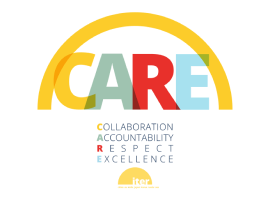
Finding Research Inspiration in an Open Platform
- NameKFE
- Date2022-11-09
- Hit763
[Interview] Dr. Dong Keun Oh, Superconducting Magnet R&D Team, Fusion Engineering Research
Center
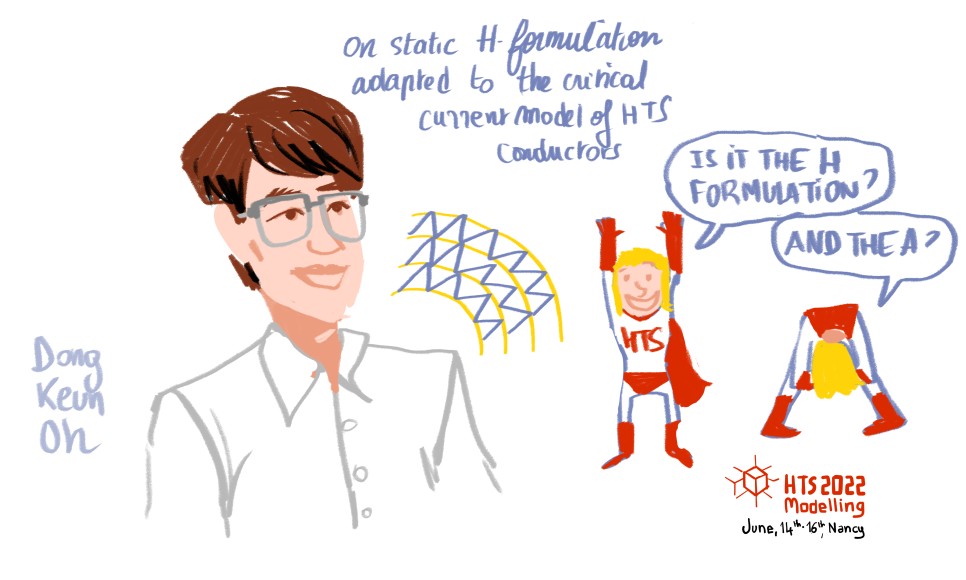
With technology evolving faster and in
increasingly complex ways, the research environment is also changing. Open
innovation and open platforms have become common keywords in science and
technology as well. Communication and collaboration in STEM has not only
increased speed but also reduced distances, becoming a critical key to solving
scientific challenges.
Idea from a High Temperature
Superconductor Research Community
A notoriously complex and challenging
field, nuclear fusion energy has relied on information sharing and
collaboration between nations, publicly-funded research institutions, and
universities. More recently, this collaboration has been taking place in open
platforms and small researcher communities, which are quickly becoming
effective research spaces giving inspiration to researchers through
communication.
One researcher at Korea Institute of Fusion
Energy recently developed a new computational analysis method taking
inspiration from an open platform. We interviewed Dr. Dong Keun Oh of the
Superconducting Magnet R&D Team at the Fusion Engineering Research Center
about this breakthrough.
Dr. Oh’s idea came from
www.htsmodelling.com, a high temperature superconductor (HTS) research
community. In this community, researchers share their findings on a page with
the statement, “This page contains shared examples of numerical
models. Feel free to download the files and use them.”
“I was looking for resources on high
temperature superconductors as part of my work when I first discovered the HTS modeling
community. A study on the computation of magnetic fields in superconducting
magnets caught my eye. It crossed my mind that I could improve upon the
methodology. So I applied this idea into actual research, and wrote a paper
that was published by the Institute of Electrical and Electronics Engineers
(IEEE). I then shared this data in the same way, uploading it to the
community,” recounted Dr. Oh.
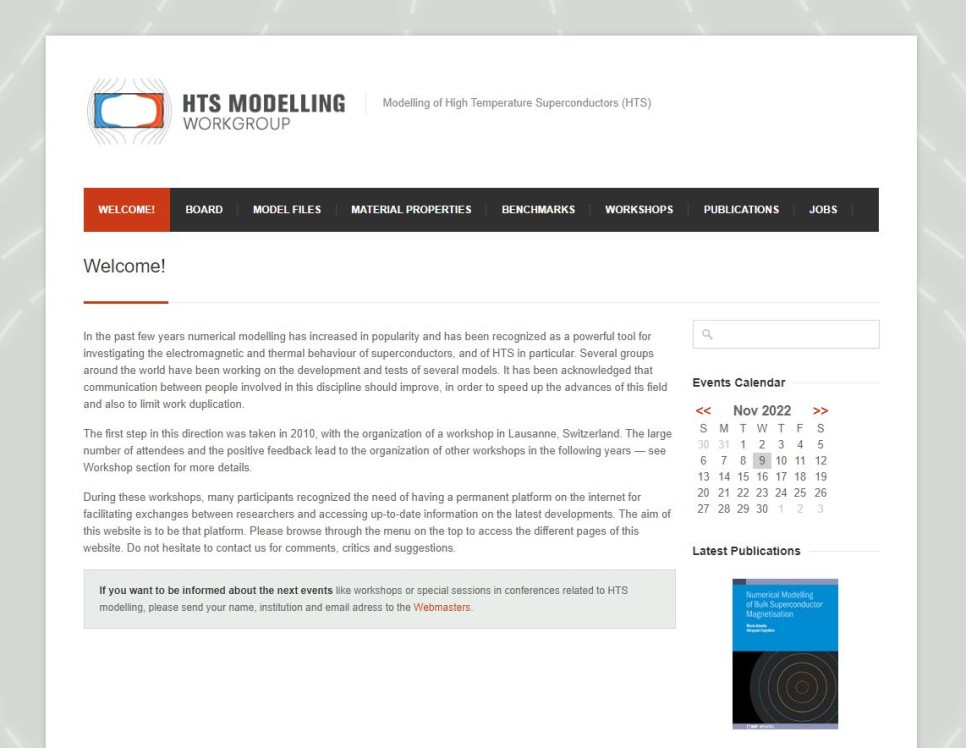
(The HTS modelling community where a wide
range of information is shared freely.)
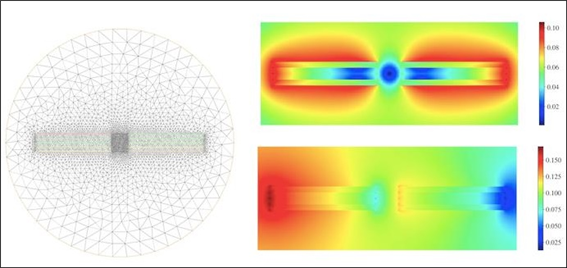
(Images of the modelling method published
with the paper)
Paper Took Only 1 Year to Complete… Open
Platform for R&D Innovation
The findings shared in the HTS modelling community that caught Dr. Oh’s interest was a method to compute magnetic fields in a high temperature superconductor with great precision, down to the most minuscule areas. If this computation is not accurate, the properties of a high temperature superconducting wire cannot be ascertained, which complicates the design process.
A German researcher had shared a method for
magnetic field calculation called A-formulation, using magnetic vector
potential. Seeing this data, Dr. Oh thought that it might be possible to use
the H-formulation instead, as a more direct approach to the magnetic field.
While searching for related data and fleshing out his idea, Dr. Oh found a
paper from 1991 on magnetic field computation in iron cores, unrelated to
superconductors. Referring to the gathered data and adding his own
modifications, he was able to develop a new computational method in consideration
of the domain of discretized magnetic elements and its stray field out of the
surface.
It only took about a year from the time
that the idea was conceived to produce findings and publish the paper,
demonstrating the power of the open platform to shorten R&D cycles and play
a decisive role in innovation.
Dr. Oh’s paper titled “An Alternative in
H-Formulation to the Critical Current Model of HTS Conductors” was published in
an IEEE journal in October. It presents a new computational analysis method to
calculate critical current in the design of a high temperature superconductor
(HTS), with the advantage of dramatically reducing air volume, an inevitable a
part of magnetic field computations. Furthermore, the method makes it
relatively easier to develop models considering the effect of external magnetic
fields, which means that the computations can be applied more easily and
accurately to the actual operating environment of the superconductor.
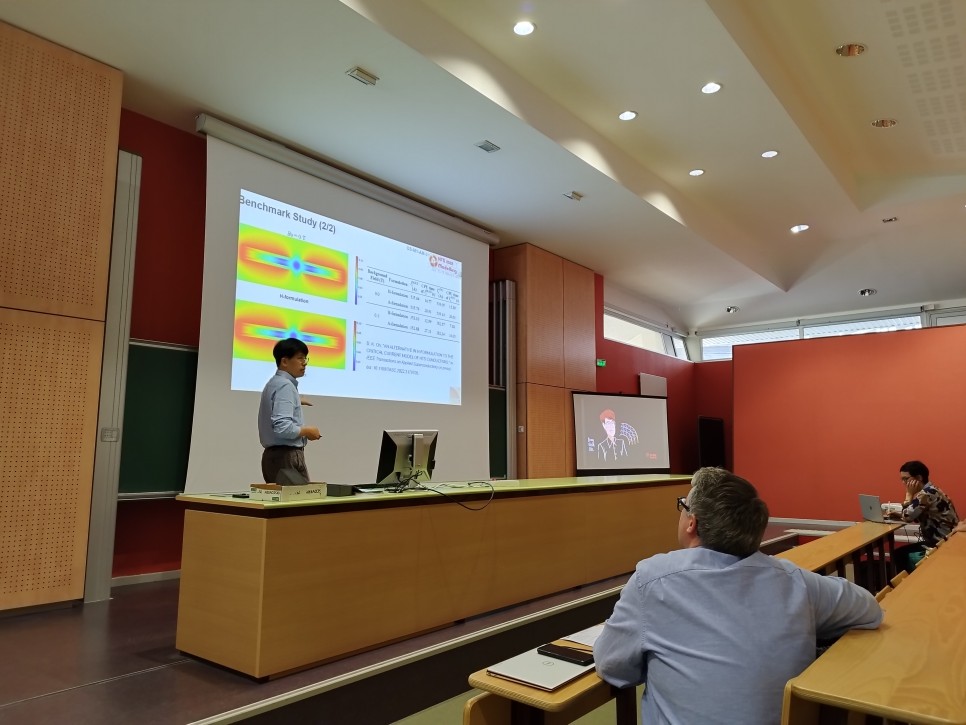
(Dr. Dong Keun Oh presenting his research
findings)
Dr. Oh expressed his hopes for open
platforms, saying, “In traditional research environments, even if you had an
idea drawing from existing research, it was often almost impossible unless you
were able to get help from the researcher and obtain the data. Now, many
researchers go beyond presenting and publishing at conferences and journals,
openly sharing not just their study and findings but also the entire
computational method and software developed in the process, so that other
researchers can attempt to reproduce the findings using such data. They are
also allowed to use these materials freely in other research. More and more
people will create open platforms allowing their findings to be shared,
contributing to greater progress. I hope collaborations through open platforms
like these will become more active in fields like nuclear fusion, which are
both challenging and necessary for the shared future of humanity.

보안문자를 입력 후 확인 버튼을 누르세요.
